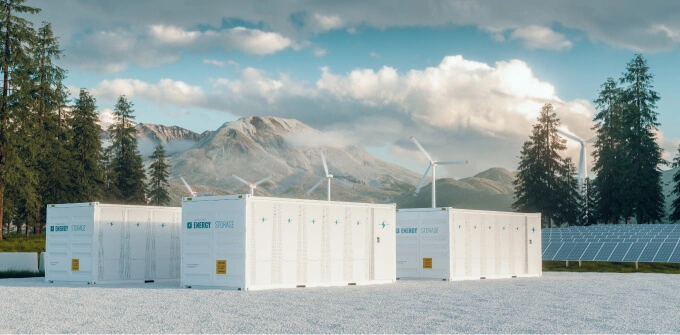Battery analytics adoption in energy storage systems (ESS) is rapidly increasing. In this document, we provide ready-to-use text that can be assimilated into requests for proposals (RFPs), requests for information (RFIs), and other contracting instruments to reduce or eliminate any friction of battery analytics implementation.

Battery Analytics for ESS: Template Text for RFPs, RFIs & other contractual instruments
Motivation
Battery analytics adoption in energy storage systems (ESS) is rapidly increasing. However, no common language enables battery analytics to be either a.) readily implementable or b.) included in the capital deployment and project formation stages of ESS.
Battery data availability is fundamental to enabling the usage of battery analytics. This document specifies:
- Data sensing requirements
- Nomenclature and organization
- Data logging methodology
- Optional sensing data and balance of system sensing
- Data ingestion methodologies
This document provides ready-to-use text that can be assimilated into requests for proposals (RFPs), requests for information (RFIs), and other contracting instruments to reduce or eliminate any friction of battery analytics implementation and is relevant in all jurisdictions globally.
Intended Users
The intended users of this document are any party procuring, owning, or operating battery ESS, including, but not limited to:
- Investor-owned utilities
- Electricity cooperatives
- Municipal utilities
- Community choice aggregators
- Local, state, and federal agencies
- Tribal organizations
- Banks, private equity, and other financiers
- Independent power producers
- Other merchant power producers
Intended Respondents and Bidders
The respondents and bidders that must fulfill these requirements are any party responding to and RFP, RFI, or other contractual instrument, including, but not limited to:
- Integrators
- Equipment OEMs
- SCADA engineering firms, including third-party EMS and BMS vendors
- Engineering, procurement, and construction firms (EPCs)
- Representative independent engineering firms
- Other subcontractors involved in an ESS project
Contact Information:
For any questions and clarifications, or if you would like to access an editable version of this document, do not hesitate to write to the TWAICE Solution Engineering Department at soleng@twaice.com.

Product Webinar: What’s New with TWAICE Energy Analytics (Winter '24 Edition)
Discover the latest product features designed to optimize BESS management & operations, engage in a live Q&A, and get exclusive insights into what’s coming up.
10:00 AM (ET) | 4:00 PM (CET)
Related Resources

Beyond Lithium: Explore the potential of sodium-ion batteries with TWAICE’s new battery simulation model

LFP in energy storage




